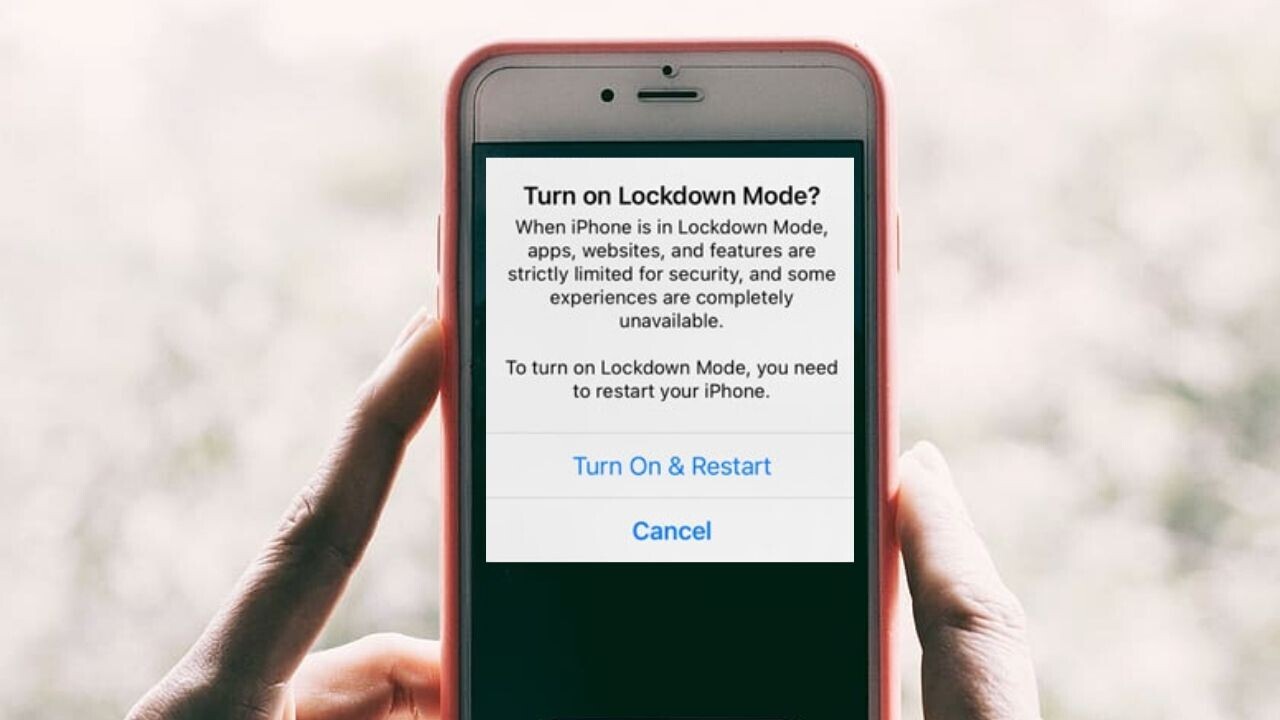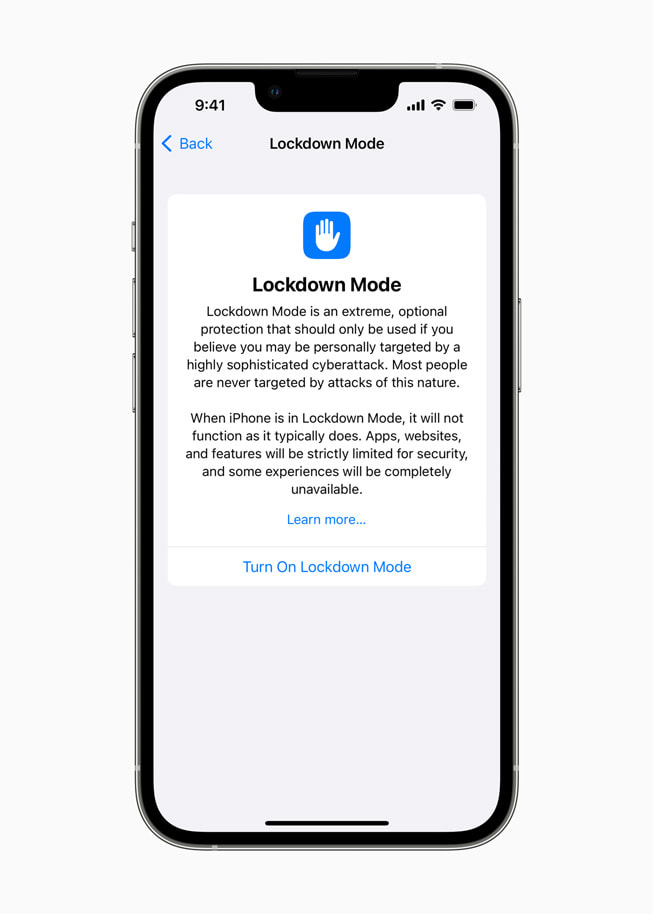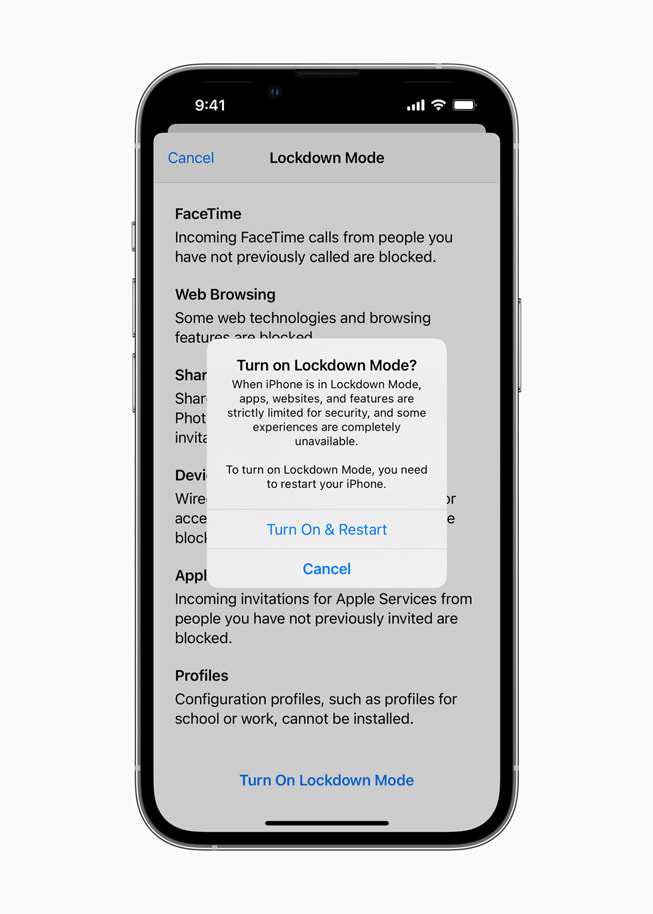
If you’ve been following Apple’s updates for iOS 16, iPadOS 16, and macOS Ventura, you already know that the company is upping its security game.
It’s replacing passwords with passkeys, and will even introduce Safety Check — an emergency feature that aims to assist people suffering from domestic violence. But the most impressive upcoming feature by far is Lockdown Mode.
On Wednesday, Apple previewed this new, hardcore security option, designed to protect users from state-sponsored mercenary spyware.
As per the company:
Lockdown Mode offers an extreme, optional level of security for the very few users who, because of who they are or what they do, may be personally targeted by some of the most sophisticated digital threats, such as those from NSO Group and other private companies.
This is meant to protect people like journalists, activists, human rights defenders, and politicians.

Lockdown Mode disables various protocols and services that can prove to be dangerous.
First off, just-in-time (JIT) JavaScript (which speeds performance by compiling code on the device during runtime) won’t run at all. That’s likely a defense mechanism against JIT-spraying attacks.
Your device will also not be able to enroll into mobile device management (MDM) systems, which is used for installing organization-specific software.
The rest of the restrictions include:
- Most message attachment types (except for photos) will be blocked.
- Incoming invitations and service requests, including FaceTime, will be stopped — unless the user has initiated them.
- Wired connections with a computer or accessory are blocked when the iPhone is locked.
The reason for this is simple: all these are potential vulnerabilities. To give you an example, Google’s Zero Project team explained how the Pegasus software (developed by NSO Group) can infect iPhones in a “zero-click” scenario by using a GIF to exploit a vulnerability in iMessage.

Apple warns upfront that Lockdown Mode adds extra friction to the user experience, with many functionalities being completely unavailable.
Don’t worry about that though. The feature is optional and designed for a very small number of people — not the average user, like me or you. But if you’re determined to go the extra mile for your security, you’ll have to sacrifice some ease.
Why Lockdown Mode is a big deal
Anything that strengthens cybersecurity is undoubtedly a win. But beyond that, simply acknowledging that customers are at risk of mercenary spyware is a big step itself.
Apple’s Lockdown Mode may start a useful discussion in the industry and even lead to the feature getting even tougher. For example, perhaps the next step could be disabling the phone’s camera, built-in microphone, and GPS capabilities.
It also won’t be surprising if Google and other companies will soon follow suit. And that’s something we absolutely need.
Get the TNW newsletter
Get the most important tech news in your inbox each week.





